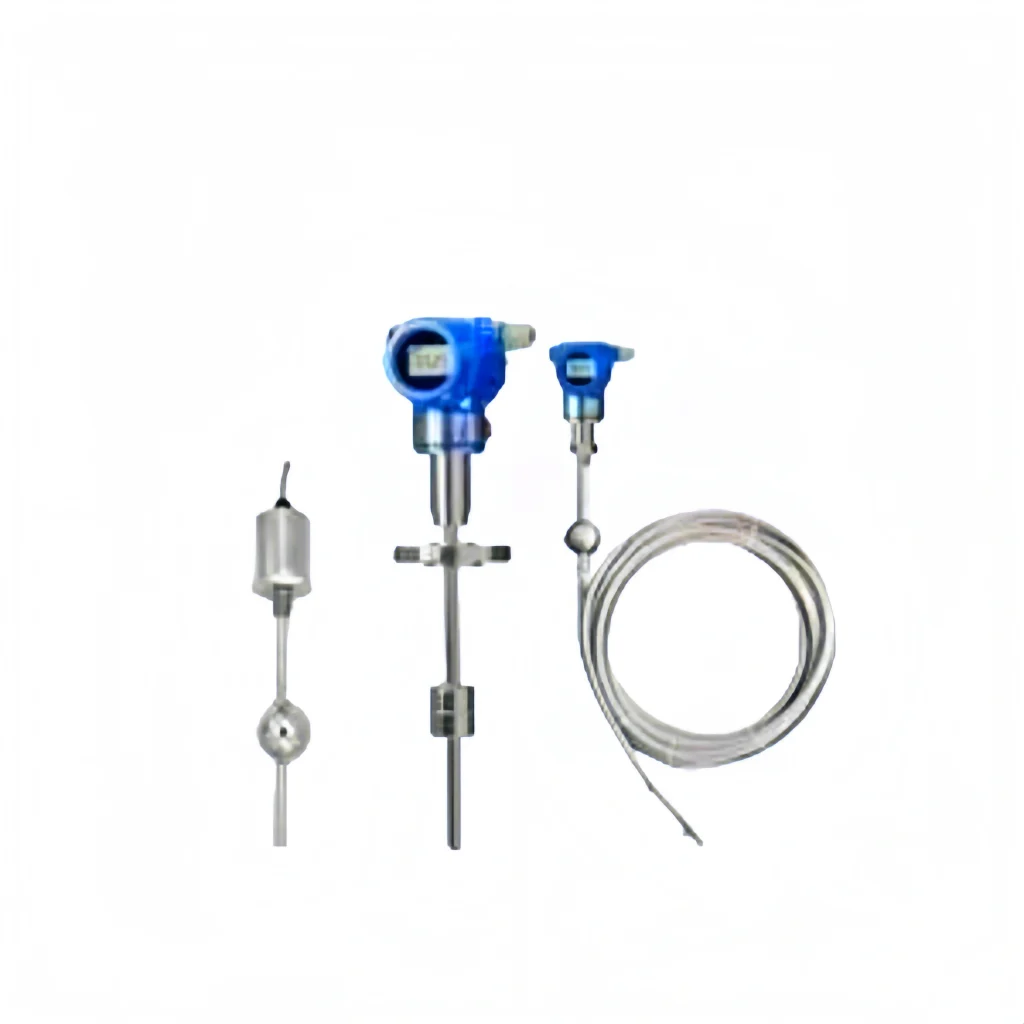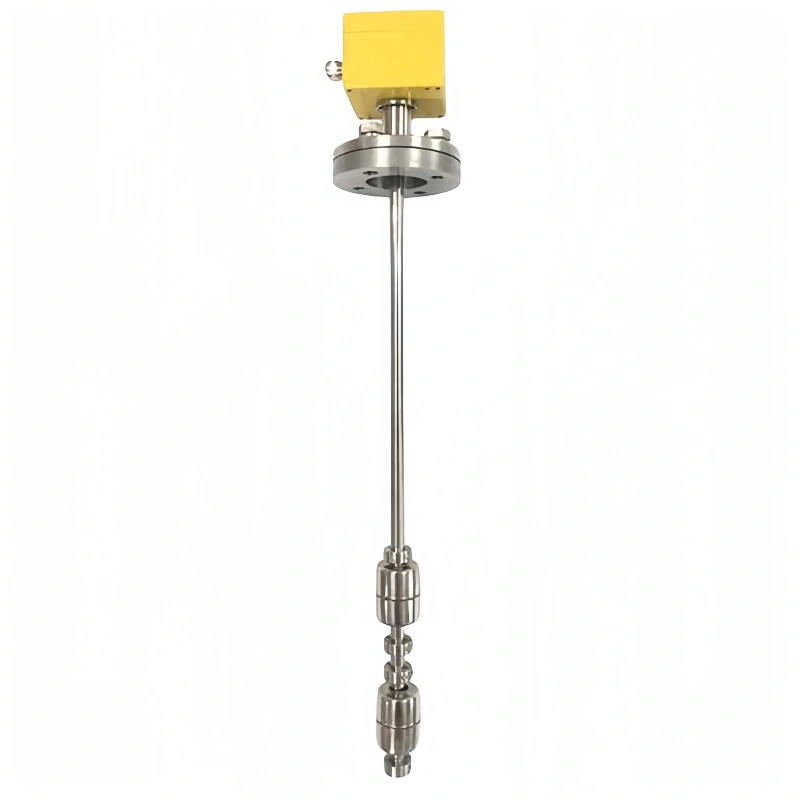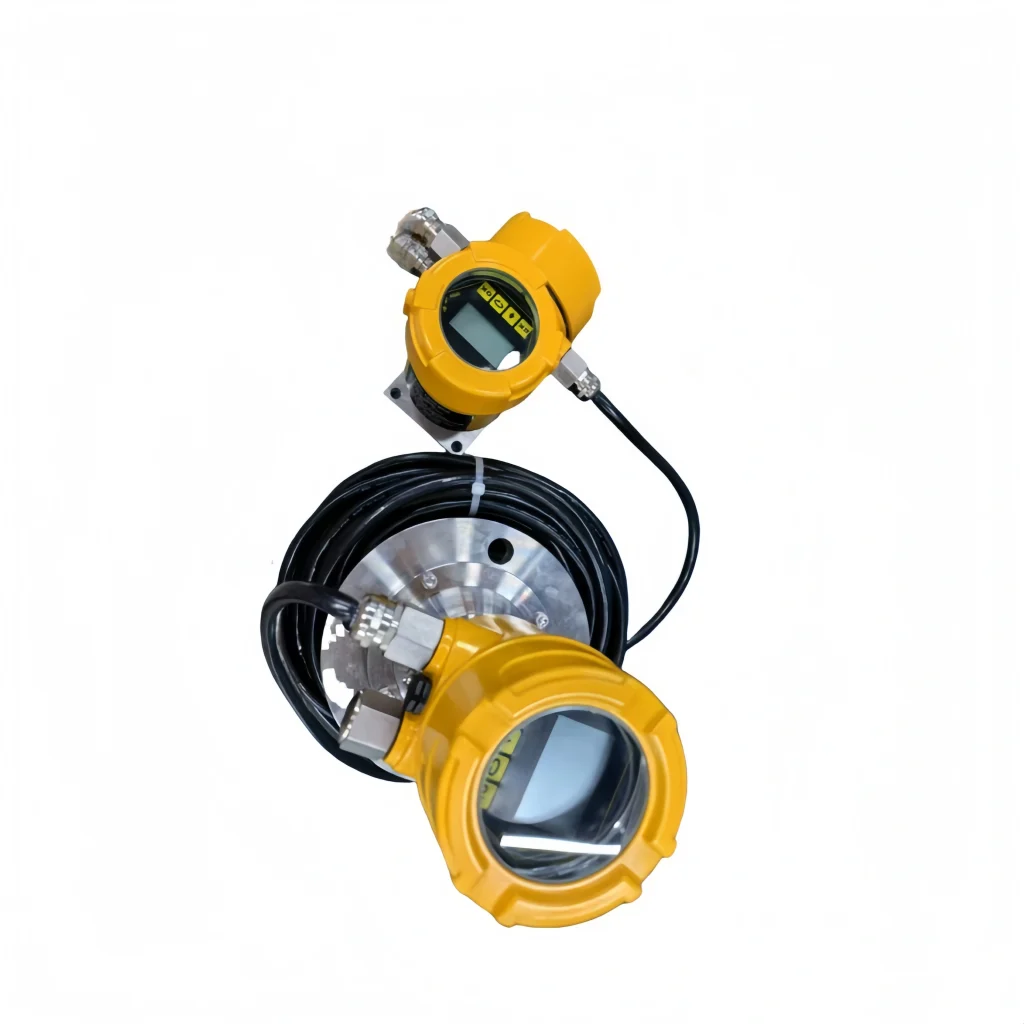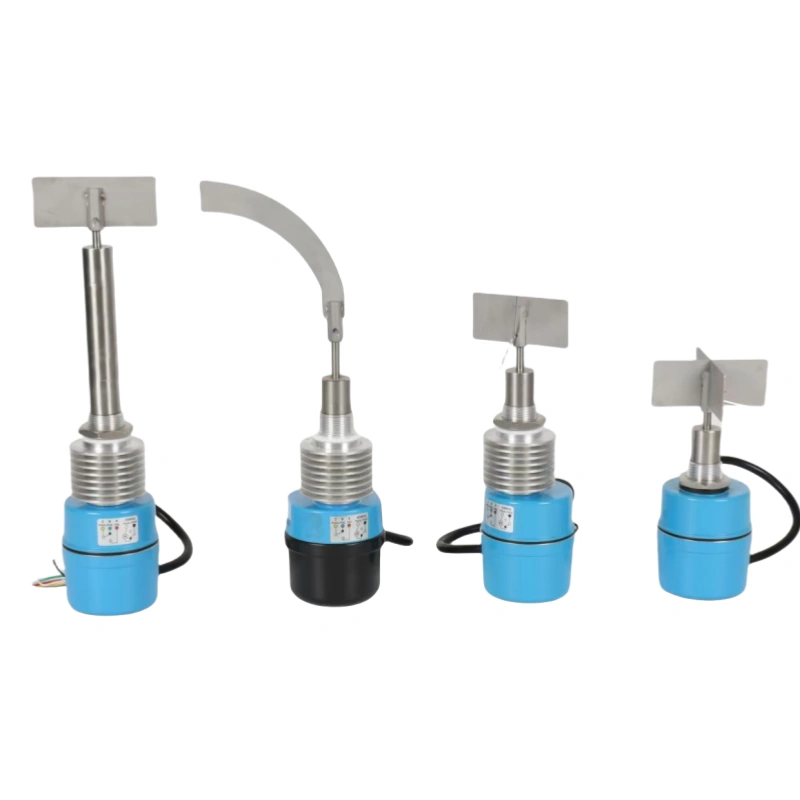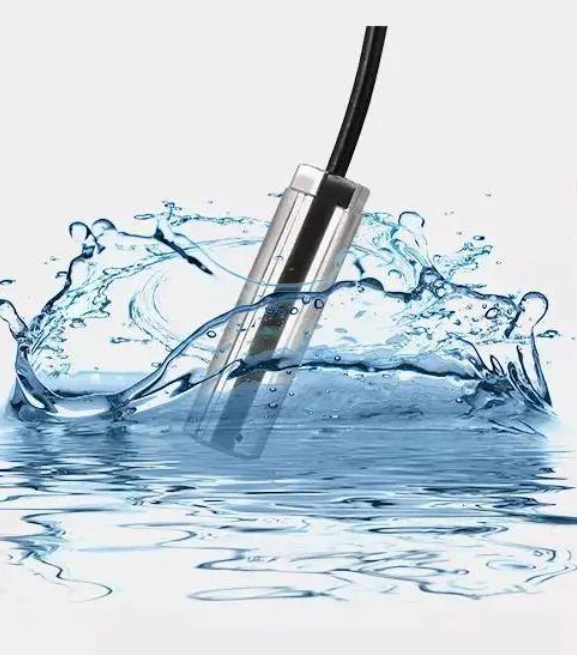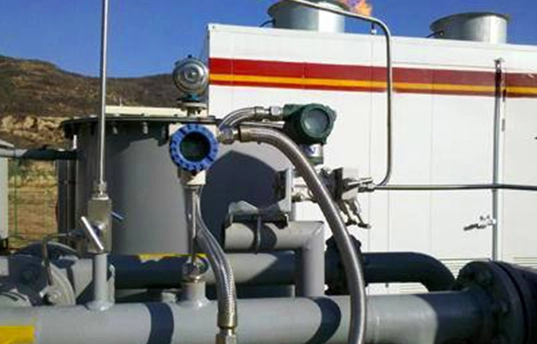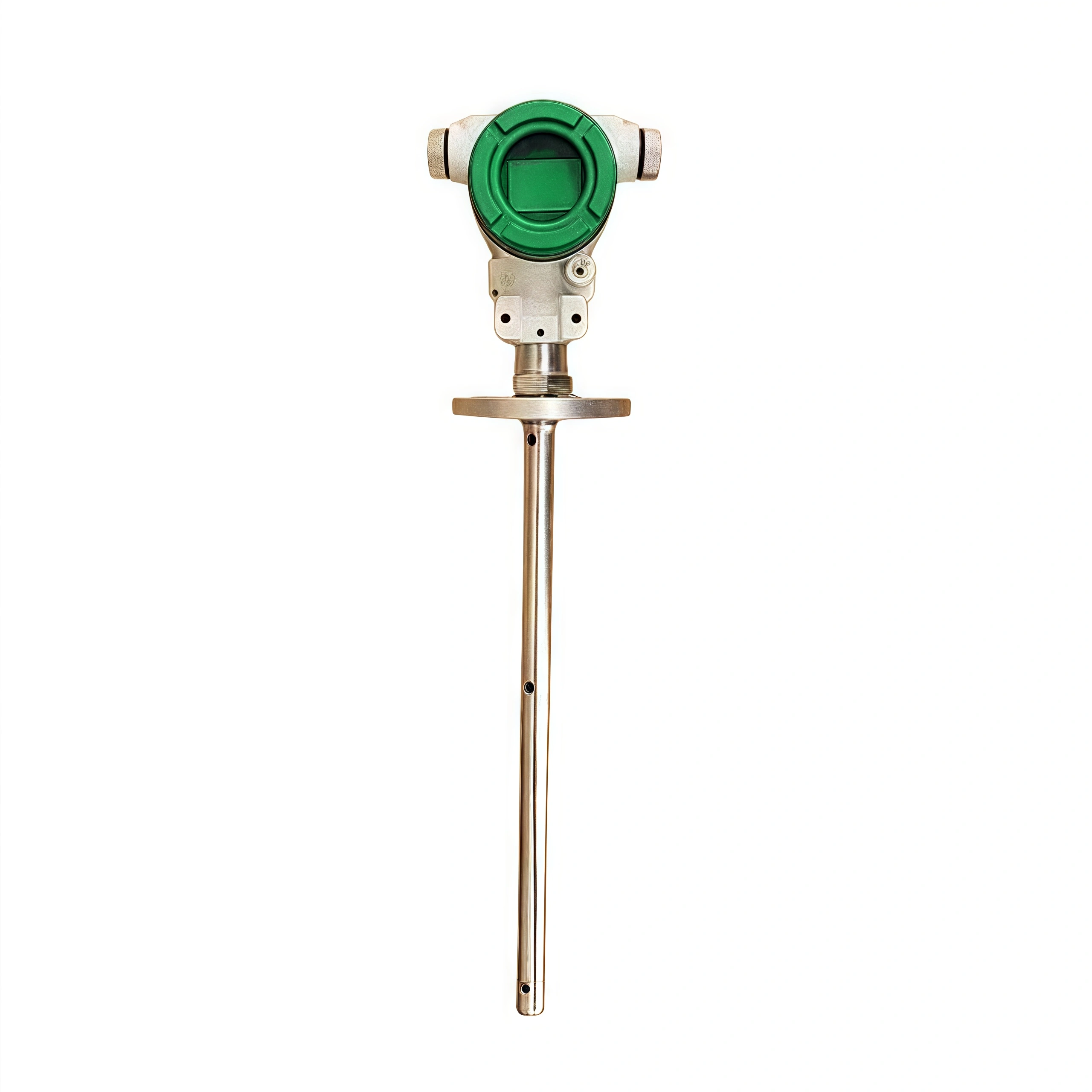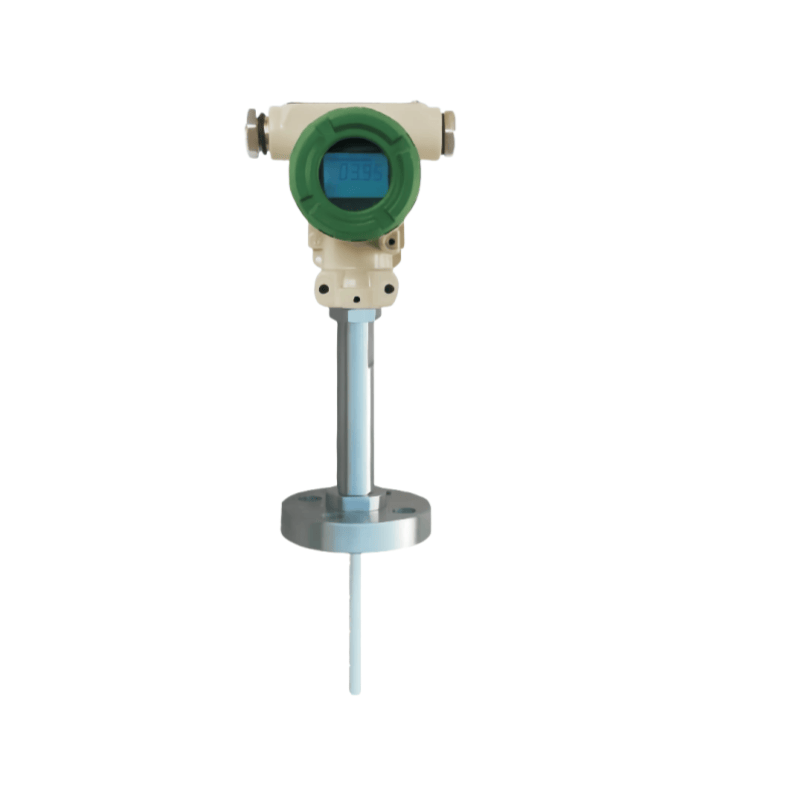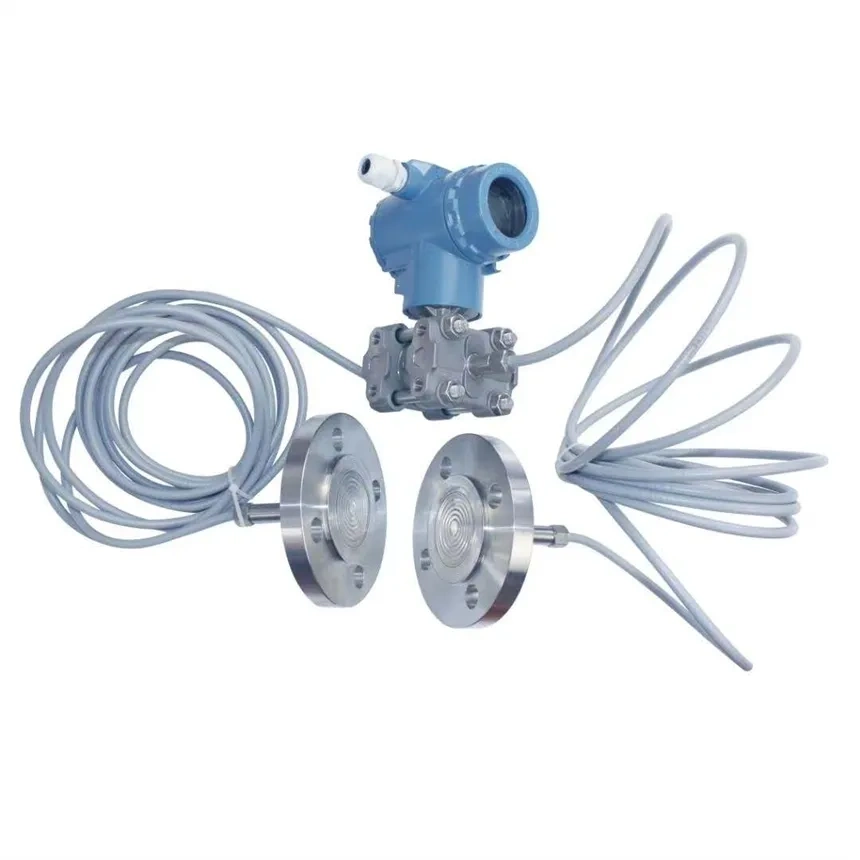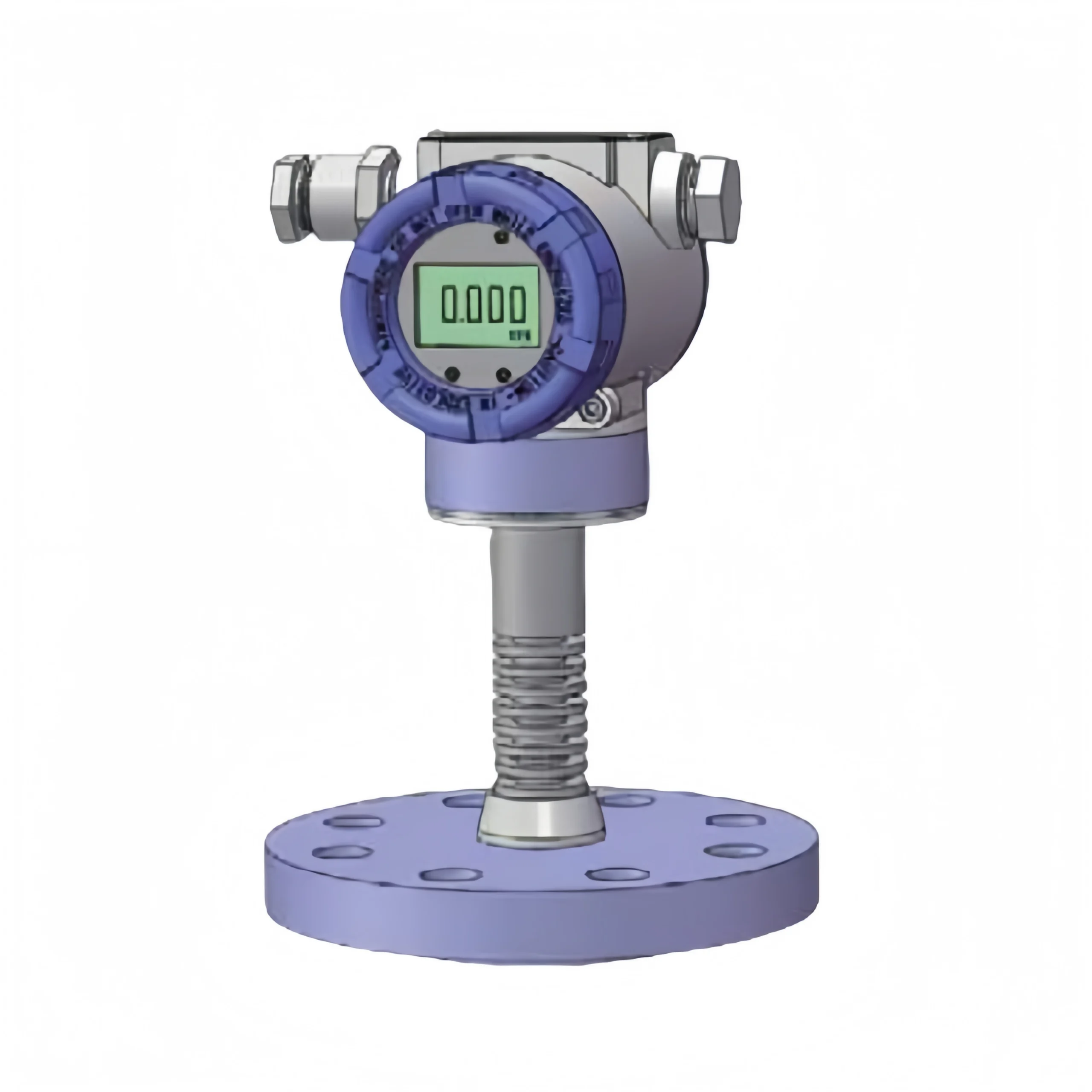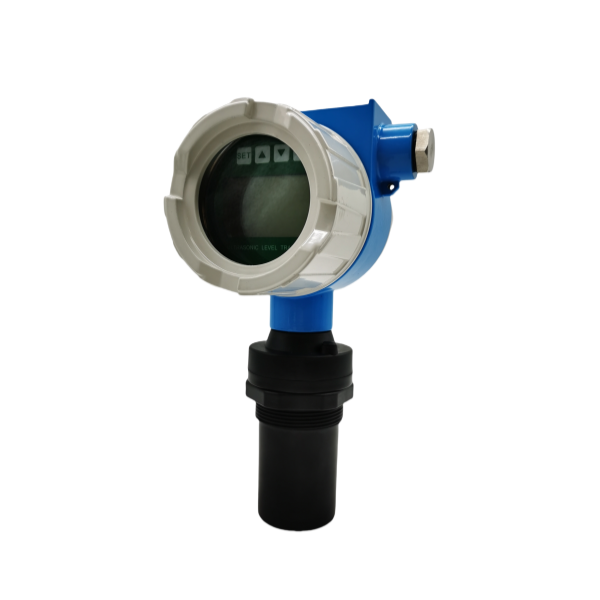Float switches are primarily used to control the level of media in storage tanks. By measuring the liquid level, we can determine the liquid content and perform corresponding functions based on this data. Float switches are indispensable equipment in pumping and booster station systems. They enable automatic liquid level control. They help prevent pump dry running, tank overflow, and other cyclical problems. One of the most common questions we encounter when selecting float switches is: What is the difference between normally open (NO) and normally closed (NC) float switches?
Understanding the difference between normally open and normally closed float switches is crucial for liquid level control in industrial processes. So, the post introduces the difference between normally open and normally closed float switches.
What is a Float Switch?
A float switch is a level switch used to control the height of liquid. It has no complex circuitry. As long as the correct materials are selected, it can be used with any type of liquid or pressure and temperature. Float level switches are mainly used in drainage and water supply circuits. Its main function is to indirectly control the start or stop of a motor, used for drainage or automatic water filling.
Advantages:
- Easy to use;
- Customization supported;
- Simple structure;
- Small switch size;
- Long service life;
- High reliability and high accuracy.
Read More about:
Industrial Float Level Switch for Level Control
Industrial Water Tank Water Level Measurement
Liquid Level Controllers and Level Switches
Level Switch Installation and Maintenance
What is the Difference between a Level Switch and a Level Transmitter?
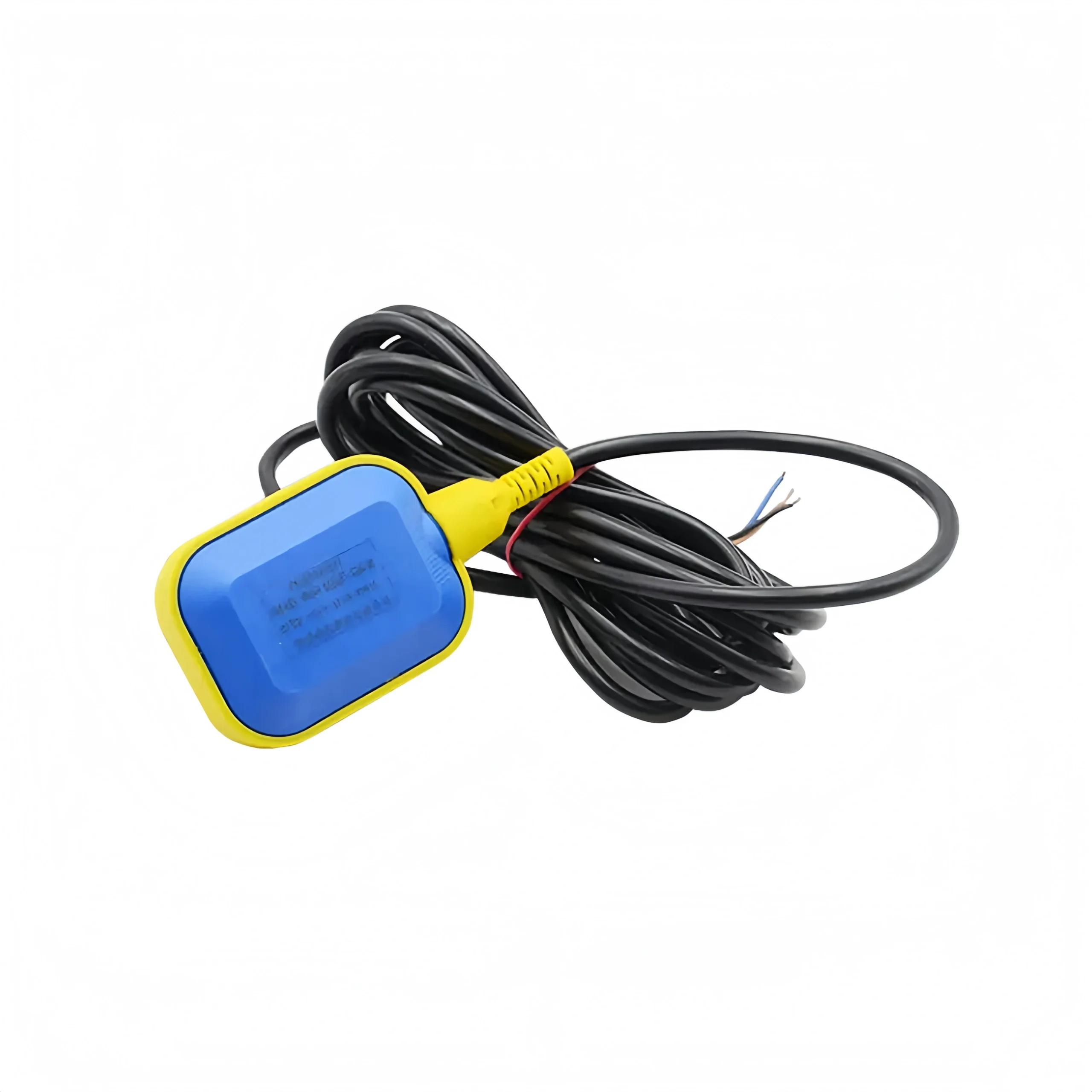
How Does a Float Switch Work?
A float switch is a flexible equipment, which is used to detect and control the liquid or solid level. It is based on buoyancy and magnetic coupling. When the float rises or falls with the liquid level, it triggers the internal magnetic mechanism. Then it connects or disconnects the circuit.
Generally, a normally open float level switch has its contacts open when the float is not affected by the liquid level. When the float is affected by the liquid level and rises to a certain position, the contacts close, outputting a signal.
Conversely, a normally closed float switch has its contacts closed when the float is not affected by the liquid level. When the float is affected by the liquid level and rises to a certain position, the contacts open, stopping the output signal.
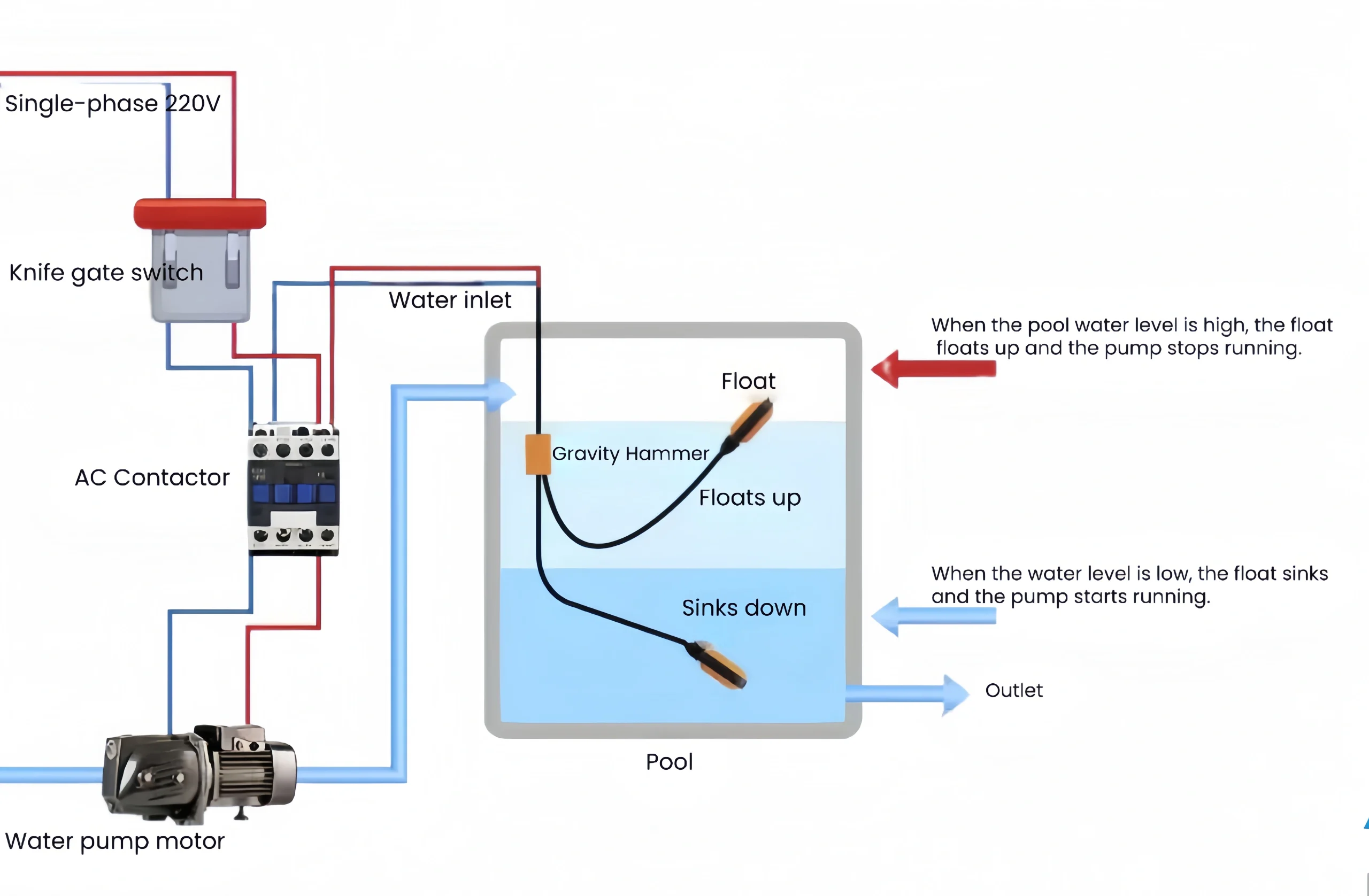
Normally Closed Float Switch vs. Normally Open Float Switch
The normally open (NO) and normally closed (NC) states of a float switch describe the default state of its contacts when no external force is applied. In other words, the float is not activated.
Normally Open Float Switch:
When the float is naturally drooping (not activated), the contacts are open. And the circuit is not continuous. When the liquid level rises and the float rises, the internal mechanical structure pushes the contacts to close, which connects the circuit.
A normally open float switch is typically used to control the start of a water pump. When the liquid level reaches a high level, the normally open contacts of the float switch close, which connects the pump power supply and starts drainage.
Normally Closed Float Switch:
When the float is naturally drooping (not activated), the contacts are closed. nd the circuit is continuous. When the liquid level rises and the float rises, the internal mechanical structure pushes the contacts to open, cutting off the circuit. Normally closed float switches are commonly used to control the stop of a water pump or to trigger an alarm. When the liquid level reaches the high level, the normally closed contact of the float switch opens, cutting off the power to the water pump and stopping water intake.

How to Switch Between Normally Open and Normally Closed States?
Switching between the normally closed and normally open states of a float level switch usually requires operation based on the specific design of the switch. Some models of float switches may support switching between normally closed and normally open states by changing the external wiring.
Some float switch models may require opening the housing and manually adjusting the internal structure to change their on or off operating mode.
Before the operation, we must ensure that the power is disconnected and follow the relevant safety instructions. We also need to avoid the risk of electric shock and other potential safety issues. In addition, because level switches are used in certain special circumstances, we need to take appropriate measures to protect ourselves when measuring corrosive, flammable, and explosive liquids. We also need to comply with relevant safety regulations and operating procedures during modification and maintenance.
How to Tell if a Float Switch is NC or NO?
First, the three wires of a float level switch are not power lines, but a common line. The common wire, along with the other two wires, forms a normally open contact (NO) and a normally closed contact (NC). For better illustration, the three wires are labeled 1–2–3.
Now let’s see how to find the normally open contact (NO) and the normally closed contact (NC). Set the multimeter to diode or buzzer mode.
First, the normally open contact (NO) and normally closed contact (NC) of the float level switch refer to the float’s naturally drooping state. When the float is naturally drooping, measure each of the three wires with the multimeter. You will find a connected normally closed contact (NC); let’s say wires 1–3 are connected. Note these two wires. Important reminder: Only one set is connected; that is, 2–1 and 2–3 are not connected.
When the float rises and you lift it up, measure the normally closed contact (NC) with the multimeter. You will find that it is now open. At this point, use wires 1 and 3 to measure continuity with wire 2, respectively, finding a pair of connected wires. Assuming 1-2 is connected, the multimeter will register a connection. Comparing this to the previous measurement of 1-3 being connected, we can determine that wire 1 is the common wire!
In summary, the first measurement of 1-3 is the normally closed (NC) point of the float switch. The subsequent measurement of 1-2 is the normally open (NO) point of the float switch. Wire 1 is the common wire.

What are Types of Float Switches?
There are more than two types of float switches. In industry, it usually specifically refers to linkage-type float level switches or large-angle level switches. Although they all use the same buoyancy principle in the float part, they are divided into many types depending on the method used by the control system to obtain the float position.
Magnetostrictive level switch:
A magnetostrictive level switch is a type of magnetostrictive level displacement sensor. A float is attached to the outside of the sensor rod of the magnetostrictive level gauge. This float can move up and down along the rod as the liquid level changes.
Magnetic float level switch:
It is also known as a miniature float level switch. It is a device that detects the liquid level by triggering a reed switch with a magnetic float. It employs a vacuum structure design and is suitable for level control in small to medium-sized atmospheric and pressurized storage tanks. It can be applied to sanitary, toxic, corrosive, and explosive gas environments.
Angle float level switch:
Named for its side-mounted design, this switch mainly consists of a float, connecting rod, connecting part, transmitter, and counterweight. During operation, the float moves up and down with the liquid level. It causes the connecting rod and the instrument’s connection to change angle. The transmitter receives this mechanical change and converts the angle information into a corresponding electrical signal indicating the liquid level, which is then transmitted to other equipment.
Cable Float Level Switch:
It is manufactured using injection molding. It is generally used in municipal water supply and drainage, fire protection, water treatment, petrochemical, and food industries for control applications. It can support remote multi-point control and submersible pump control. Most importantly, it can accurately monitor levels in complex environments with impurities and fluctuating liquid levels. The linkage float level switch differs from other traditional control instruments. It is directly driven by a float via a linkage. This design reduces failure and maintenance costs. Customization is also available to meet user needs.
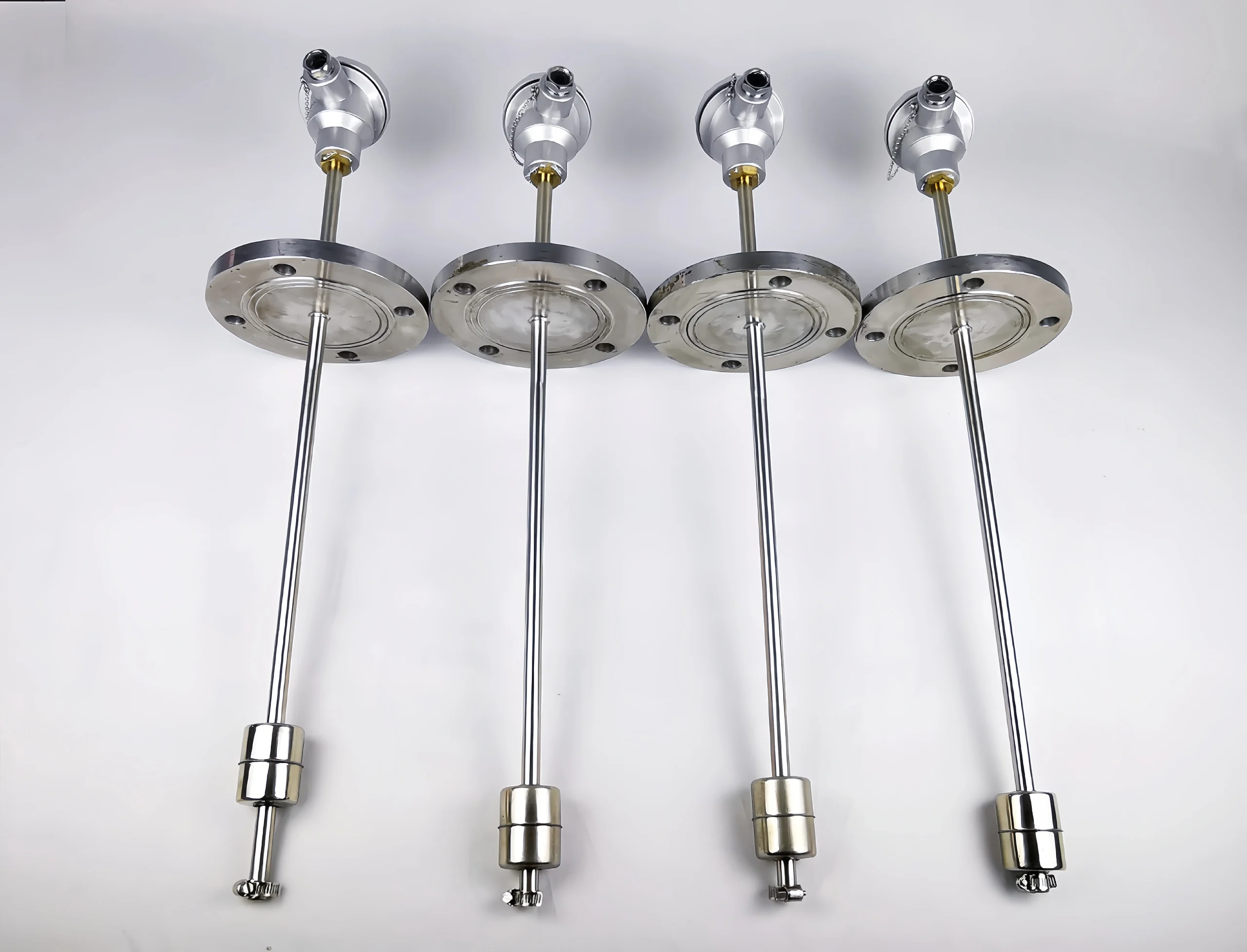
Float Switch Application:
Float level switches are automated devices that are used to control the liquid level in a water tank. It outputs a switching signal when the tank level reaches preset high or low limits. The purpose of the switch is to control the opening and closing of a water pump or solenoid valve, thereby maintaining the tank level within a safe range. Float switches are also used in the following areas:
- Industrial production;
- Domestic water supply systems;
- Fire water tanks;
- Industrial automation;
- Domestic water systems;
- Agricultural irrigation;
- Environmental monitoring;
- Shipbuilding industry;
- Generator equipment;
- Petrochemical industry;
- Food industry;
- Water treatment equipment;
- Dye industry;
- Hydraulic machinery.
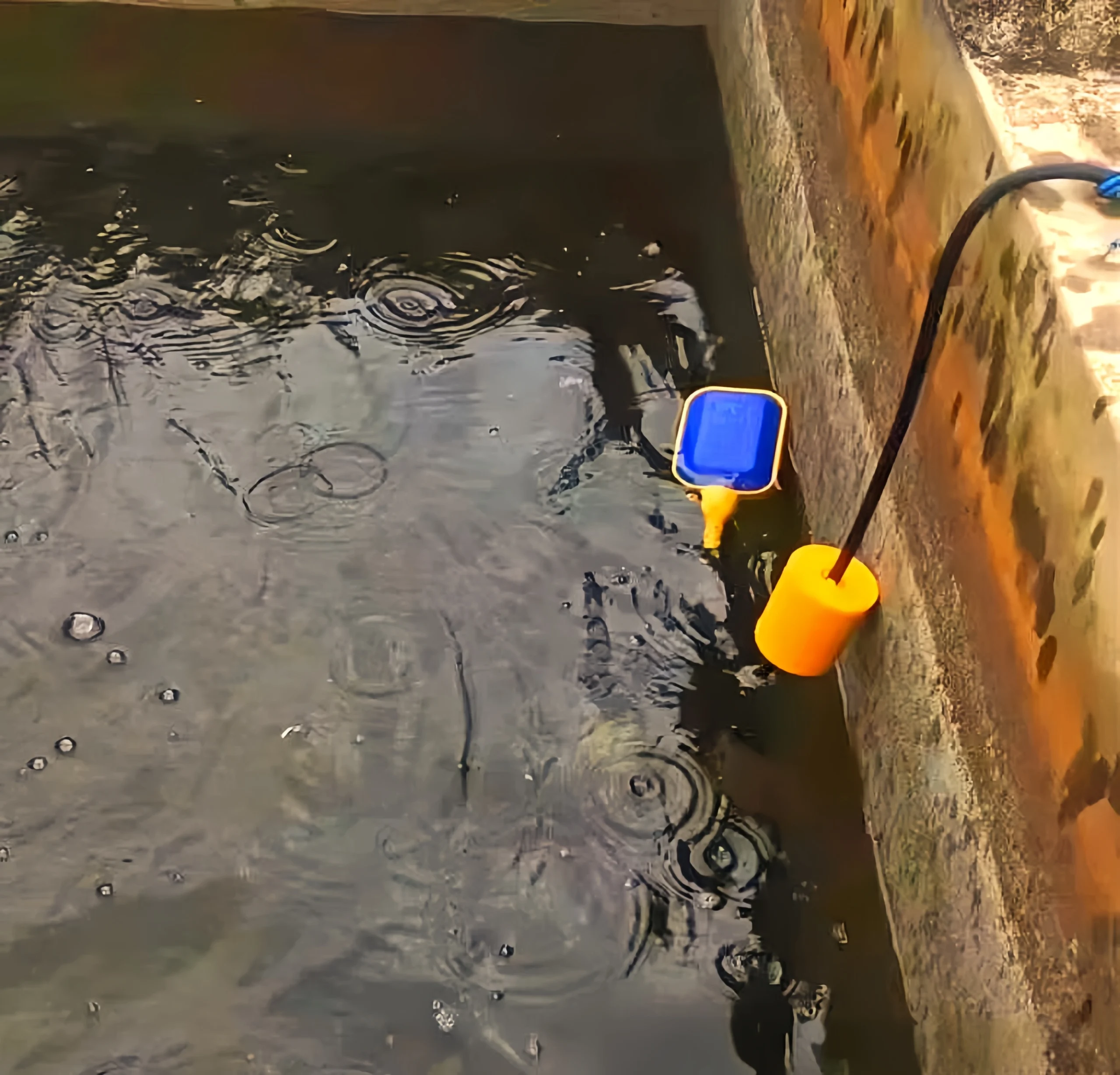
Sino-Inst Featured Level Switch
How to Choose the Right Float Switch?
When selecting a float level switch, we need to consider the following aspects:
The selection of a float level switch needs to be based on the properties of the liquid. For example, parameters such as viscosity, temperature, and density of the liquid need to be considered. Generally speaking, the higher the viscosity of the liquid, the harder the float level switch material needs to be. If the liquid temperature is high, a level switch that can withstand high temperatures must be selected.
Another factor to consider when selecting the type and material is the properties of the liquid itself (such as acidity, alkalinity, and solubility). For highly acidic or alkaline liquids, acid- and alkali-resistant float level switches need to be selected. The installation location of the float level switch and the liquid level are also key factors in the selection.
The position of the float relative to the switch in the liquid medium will have an error, which determines that float level switches, as liquid level measuring devices, must be selected according to the liquid level in actual use. When selecting the installation location, it’s crucial to fully consider the installation space, liquid flow rate, and pipe diameter.
Simultaneously, the accuracy and stability of the level control must be taken into account to ensure the selected float level switch meets the actual requirements. Different level control requirements necessitate corresponding accuracy. We need to select the right float level switch based on the accuracy requirements of the actual operating conditions.
In practical applications, float level switches can be controlled through various signal output methods, such as digital output, analog output, and pulse output. So, for specific liquid control needs, appropriate float level switches can be selected based on the different signal output methods.
Selection Precautions:
- Ensure the selected float level switch is compatible with the liquid medium.
- Select the appropriate signal output method based on actual needs.
- Pay attention to the selection of float switch materials to adapt to different compositions and masses of the liquid medium.
- Carefully assess the accuracy and stability parameters of the float level switch.
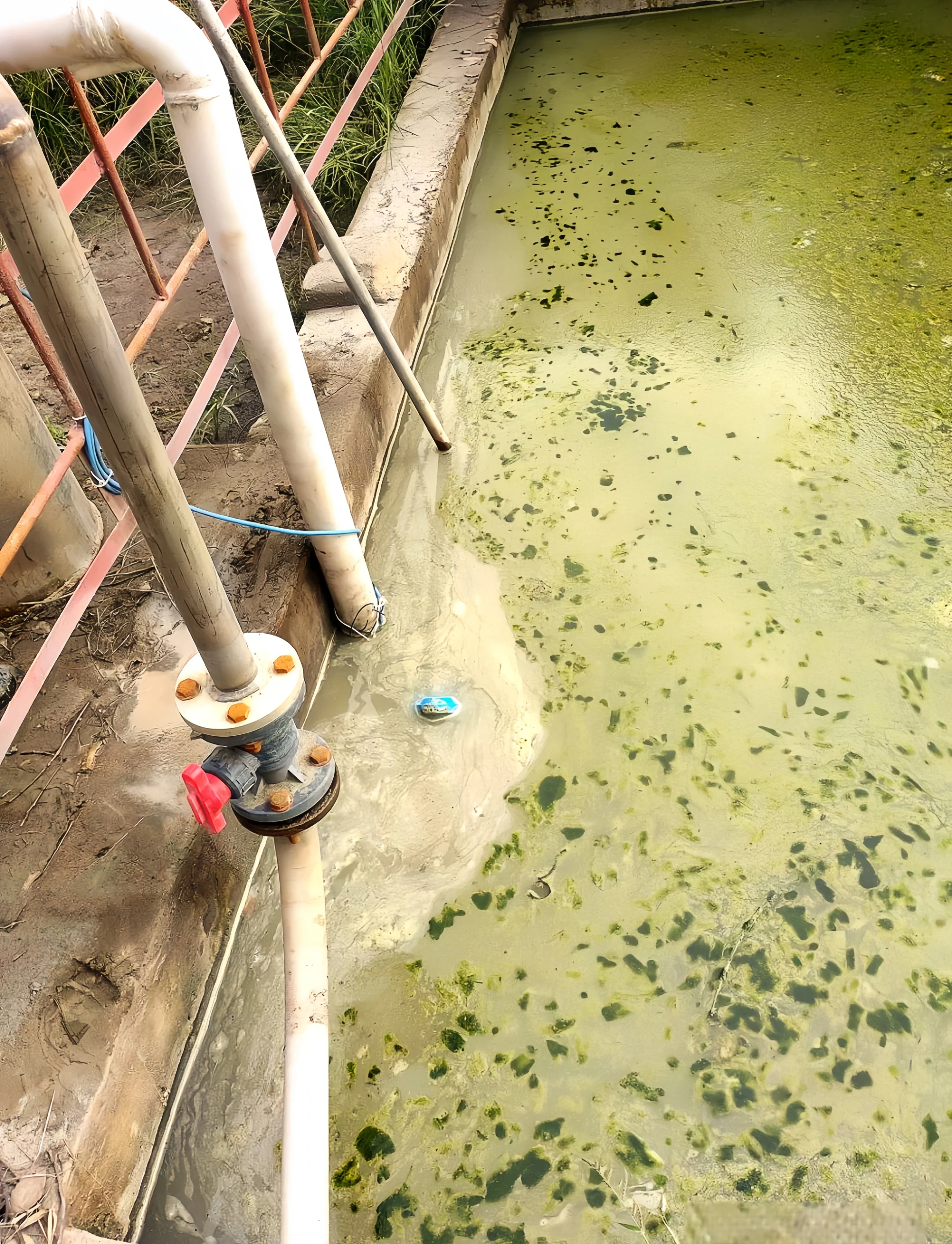
When would a normally open float switch be used?
The working principle of a normally open float switch in a circuit. It is often used as a low-level stop circuit and a high-level start circuit. It is frequently used in the control circuits of sewage pumps or drainage pumps.
Which is Safer, No, or NC?
Normally closed is safer than normally open because it is not powered. No power means a lower chance of short circuits and fires.
In short, normally open and normally closed float switches are commonly used in every industrial process. Generally, the choice between normally open and normally closed switches is influenced by a variety of factors. If you are struggling to choose between a normally open or a normally closed switch, I suggest you consult our professional engineers. We can customize a measurement solution for you free of charge. Trust us; we offer a one-year warranty. We can provide you with a perfect shopping experience.

